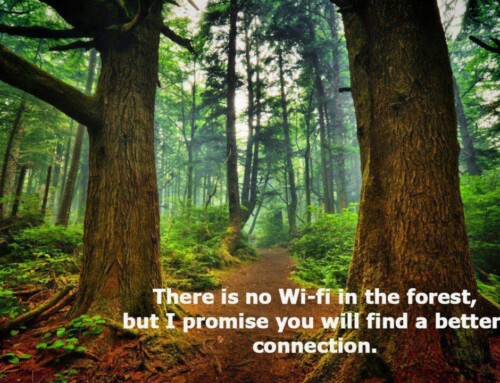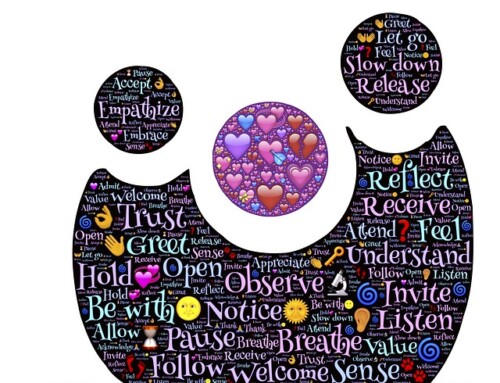How do you help someone when they’re out of touch with their own needs?
What if it’s your child, and they’re laying on the floor, with tears running down their face, and they’re so overwhelmed they can’t tell you what they need? Like it was for my daughter last weekend. How do you invite connection, intimacy and interaction?
As a parent to a highly sensitive child, it’s been a delicate dance of knowing when to ask questions, when to give space, and when to hold space. I know for me, when my daughter starts to get overwhelmed, I need to start looking at where I am. What am I feeling, what am I needing? How am I contributing to her own stress levels, if at all?
This where self-empathy comes in. In order to tune in to the needs of someone else, we have to do self-connection first.
When we’re meeting our own needs, we increase the capacity to hear others’ needs. I admit, it’s not always easy to pause, especially if we’re feeling stressed out, have too much on our plates, or are running on little sleep. Combine those factors with a highly sensitive person (HSP), and you have a recipe for disconnect and discord.
As I mentioned last week in Feelings and Needs, Part I, in our family dynamic, peaceful resolution to conflict is always the goal. Hearing the needs of everyone in the house is a priority. It’s our way of being. When I was growing up, the mindset of my parents was the kids were to be seen and not heard. We did what we were told, without invitation for conversation or discussion. Needs or Feelings weren’t considered, and I almost laugh when I think about what would’ve happened if I’d tried to express back then. I heard, “Do as I say, not as I do” more times than I can count. The silent message was, “Your needs don’t matter. Be quiet. Do what you’re told. Don’t ask questions, and if you have an opinion, keep it to yourself – you’re just a kid – I’M the parent.”
If you look at the logic of that, it doesn’t really make sense. When you think of a kid speaking their mind, what do you think of? I hear the saying, “Out of the mouths of babes…” – in other words, kids are uncensored, honest. They don’t filter what they say or how, and often they have incredible insight and wisdom. That’s a gift.
Consider this: When a need is met, it goes away.
When we can truly hear a person and connect to what’s going on for them, that’s often what they desire most – to be heard, to feel valued, to be seen. So when you consider the concept that all behavior is an attempt to fulfill a need, it makes sense to find the need under the behavior. Whether your child is curled up in a ball crying, or someone’s lashing out, screaming, or hurling things across the room, there’s a need underneath the behavior. Looking past the behavior to understand what’s driving it is key. That’s where the truth is. And where there’s truth, we can be vulnerable, connected, and move on.
However you’re celebrating this season, if you’re feeling obligated, stressed out, or like you can’t give anymore, press your own “Pause” button. Close your eyes. Take a breath. And ask yourself, “What do I most need?” If you can’t name the need, ask yourself, “What am I feeling?” And work your way to the need that’s driving your behavior. Find your way to your own truth.
The best gift you can give is your presence. You’ll feel happier, lighter, and so will the people around you.
Like this post and want to see more like it? Click here to follow my blog and receive my newsletter. 🙂
Much love and Merry Christmas,
Chris
xo













Leave A Comment